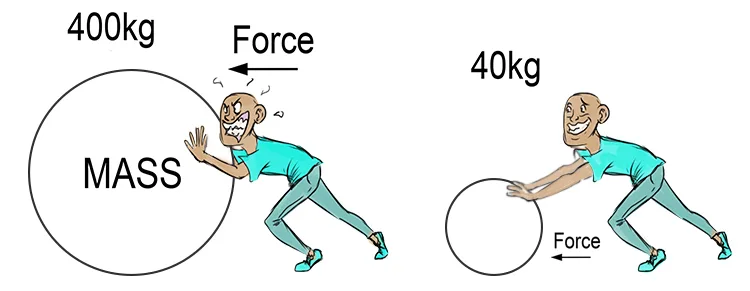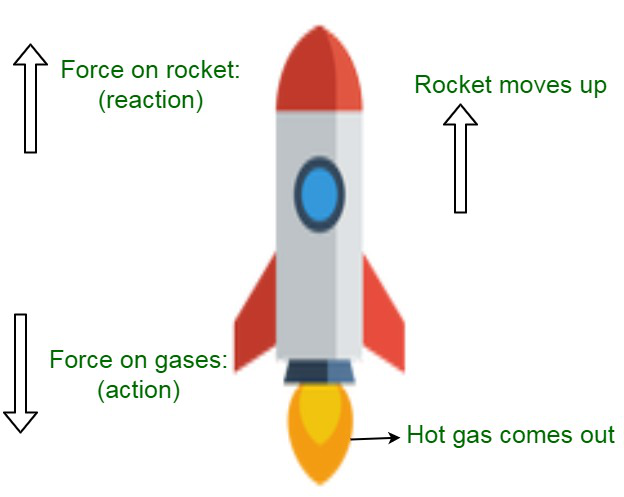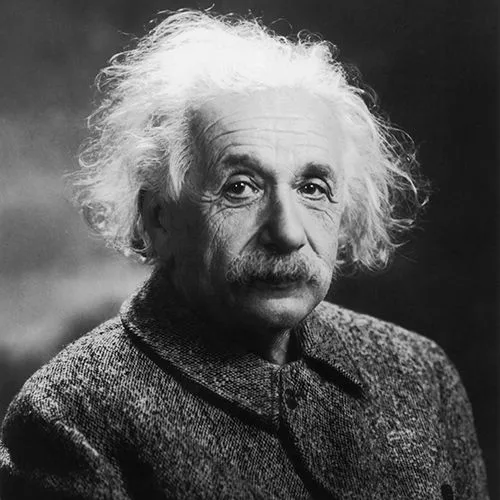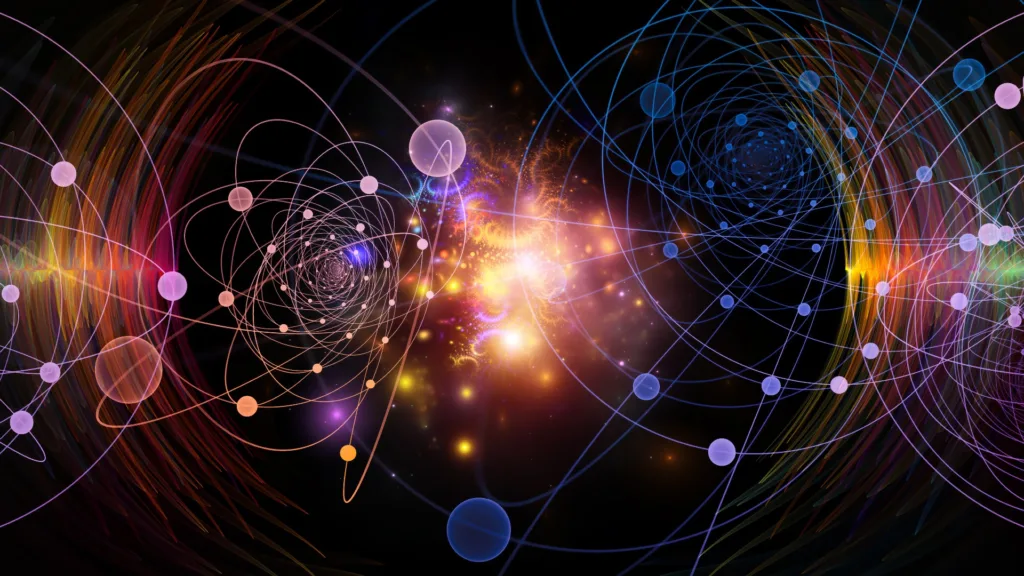Introduction
The laws of motion, formulated by Sir Isaac Newton in the 17th century, laid the foundation for classical physics. These laws revolutionized our understanding of how objects move and interact with one another. Over time, the laws of motion have undergone significant evolution and refinement, with contributions from various scientists and thinkers. In this article, we will explore the fascinating journey of the laws of motion and how they have evolved into the modern theories that govern our understanding of motion and mechanics.
Newton’s Three Laws of Motion
The First Law – Inertia

Newton’s first law of motion states that an object at rest tends to stay at rest, and an object in motion tends to stay in motion with the same speed and in the same direction unless acted upon by an external force. This law introduced the concept of inertia, which is the resistance of an object to change its state of motion. It was a groundbreaking idea that challenged the prevailing beliefs of the time.
The Second Law – Force and Acceleration

The second law relates force, mass, and acceleration, stating that the acceleration of an object is directly proportional to the force applied to it and inversely proportional to its mass. This law is mathematically expressed as F = ma, where F represents force, m is mass, and a is acceleration. Newton’s second law provided a quantitative framework for understanding how forces cause objects to move.
The Third Law – Action and Reaction

Newton’s third law of motion states that for every action, there is an equal and opposite reaction. This law emphasized the symmetry of forces in nature. It implies that when one object exerts a force on another, the second object exerts an equal force in the opposite direction. This law has profound implications for understanding the interactions between objects.
The Contributions of Albert Einstein

While Newton’s laws of motion were groundbreaking, they were not without limitations. In the early 20th century, Albert Einstein introduced his theory of relativity, which revolutionized our understanding of motion at high speeds and in strong gravitational fields. Einstein’s theories, including special and general relativity, provided a more comprehensive framework for describing the behavior of objects in extreme conditions.
Special Relativity
Einstein’s special theory of relativity, published in 1905, introduced the concept that the laws of physics are the same for all observers in uniform motion. It also famously gave us the equation E=mc^2, which relates energy (E) to mass (m) and the speed of light (c). Special relativity has been experimentally confirmed in numerous experiments and has had a profound impact on our understanding of the universe.
General Relativity
In 1915, Einstein formulated his general theory of relativity, which described gravity as the curvature of spacetime caused by mass and energy. This theory successfully explained the precession of the perihelion of Mercury and made predictions about the bending of light by gravity, which were later confirmed during a solar eclipse. General relativity has become the foundation of modern gravitational physics.
Quantum Mechanics and the Microscopic World

As our understanding of the laws of motion expanded, scientists delved into the world of quantum mechanics. This branch of physics, which deals with the behavior of particles at the smallest scales, introduced a new set of rules that govern motion in the microscopic realm.
Wave-Particle Duality
Quantum mechanics introduced the concept of wave-particle duality, which suggests that particles like electrons and photons can exhibit both wave-like and particle-like behaviors depending on the experimental setup. This duality challenges our classical intuitions about the behavior of objects in motion.
Heisenberg’s Uncertainty Principle
Werner Heisenberg’s uncertainty principle, formulated in 1927, states that it is impossible to simultaneously know the exact position and momentum of a particle with absolute certainty. This principle introduces fundamental limits to our ability to predict the motion of particles in the quantum world.
Conclusion
The evolution of the laws of motion is a testament to the ever-advancing nature of science. From Newton’s groundbreaking insights into classical mechanics to Einstein’s theories of relativity that expanded our understanding of motion in extreme conditions, and finally to the mysterious world of quantum mechanics, our grasp of how objects move has evolved significantly. These discoveries have not only deepened our knowledge of the universe but have also led to practical applications that shape our modern world.
In conclusion, the laws of motion continue to be a foundational concept in physics, and their evolution over time reflects the relentless pursuit of knowledge and understanding by scientists throughout history.


